Self-Reflection Journal: Johari Window, SWOT, Action Plan
VerifiedAdded on 2022/11/25
|5
|1035
|212
Journal and Reflective Writing
AI Summary
This self-reflective journal introduces the author using the Johari Window model, which includes open, hidden, blind spot, and unknown areas. The author identifies as a good communicator but also shy, providing insights into their personality. A SWOT analysis is then conducted, outlining the author's strengths (interpersonal skills, strong language skills) and weaknesses (conflict management, lack of self-esteem). Opportunities to lead academic projects and threats such as lack of professional training are also considered. The journal elaborates on strengths, highlighting the importance of interpersonal skills and strong language abilities. Weaknesses in conflict resolution are acknowledged, and an action plan based on the SMART model is proposed to address these issues, aiming for improvements within a year. The action plan focuses on establishing common goals, developing self-esteem, participating in conflict resolution, and creating a realistic and time-bound approach to overcome identified weaknesses. References to relevant research papers are also included.
1 out of 5
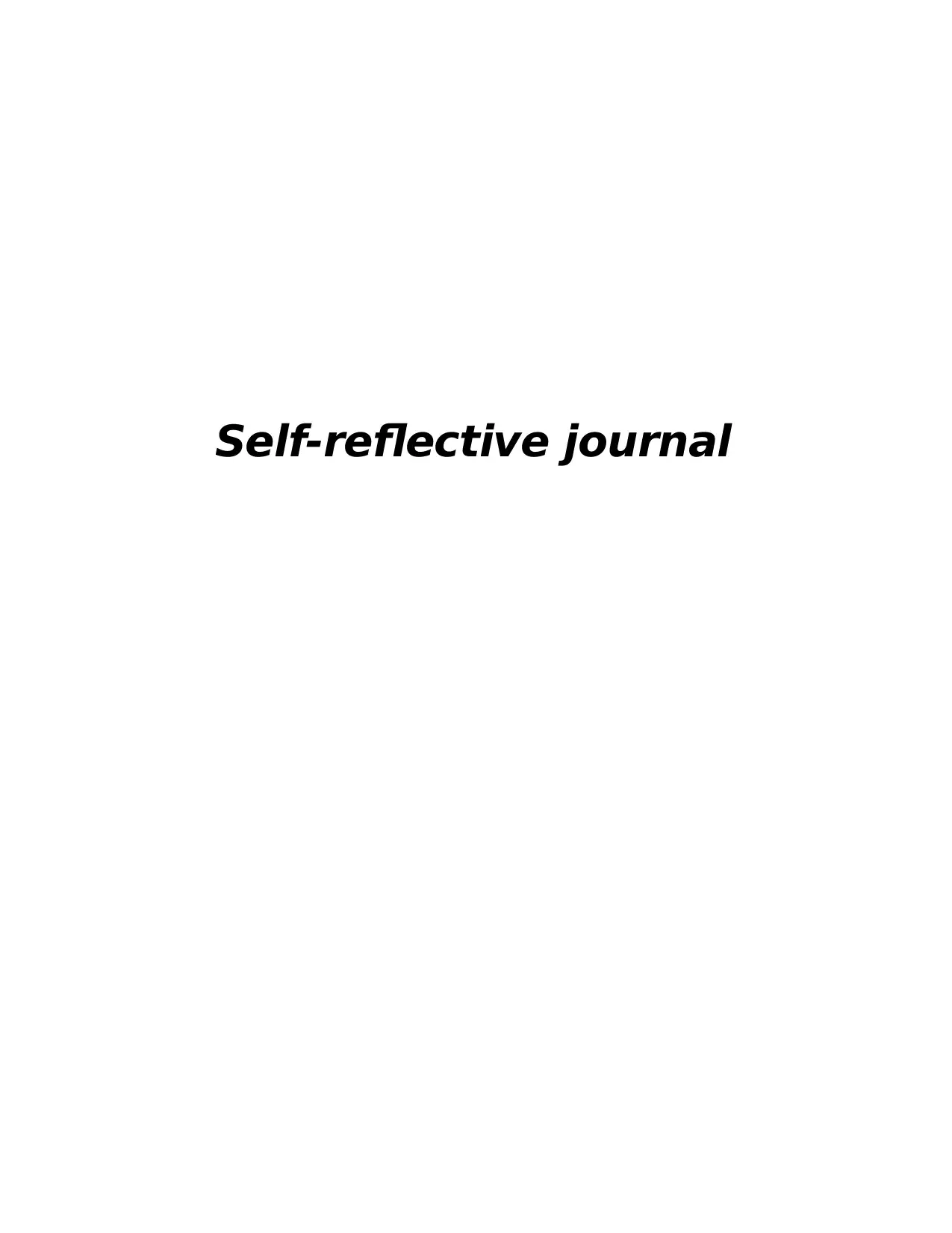
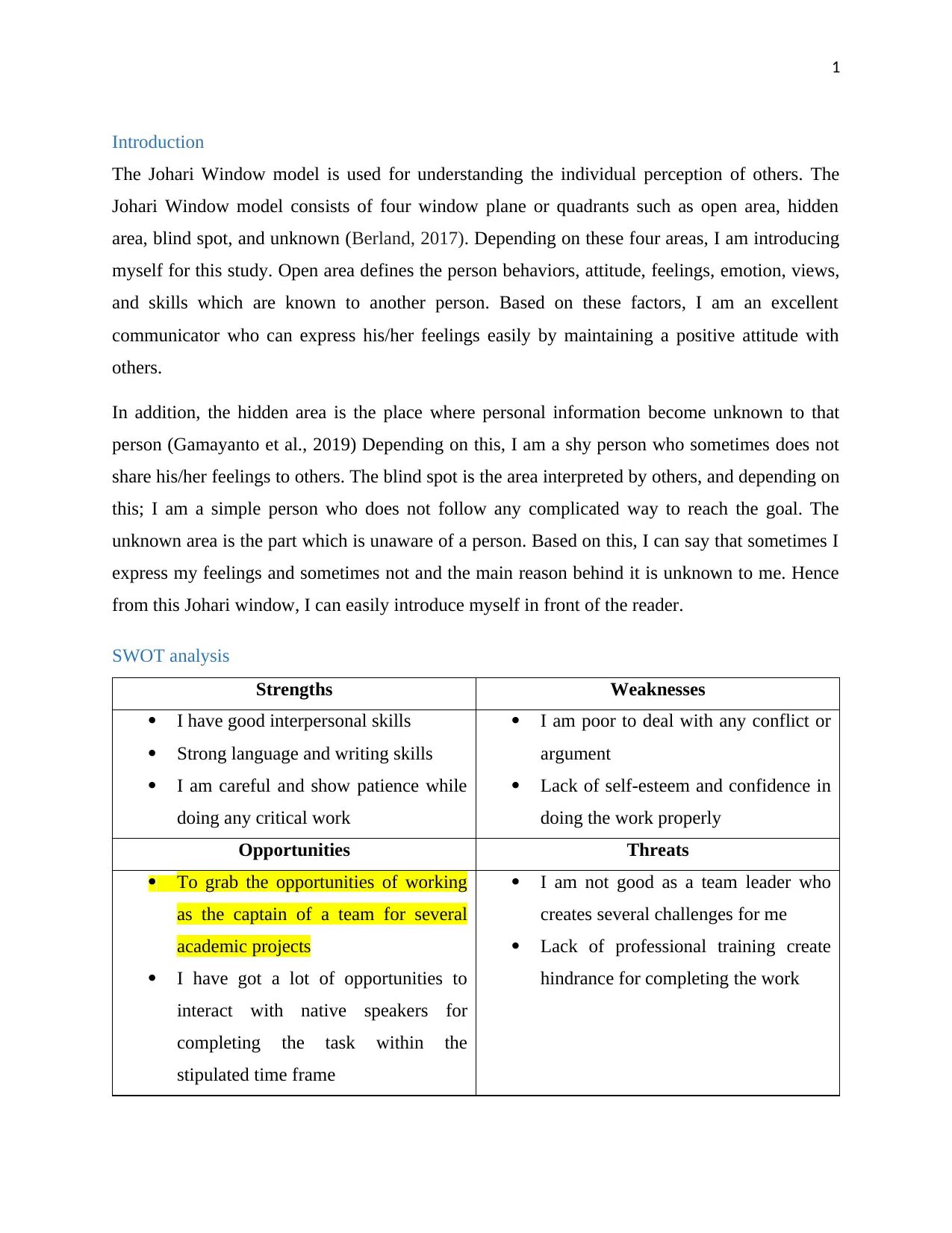
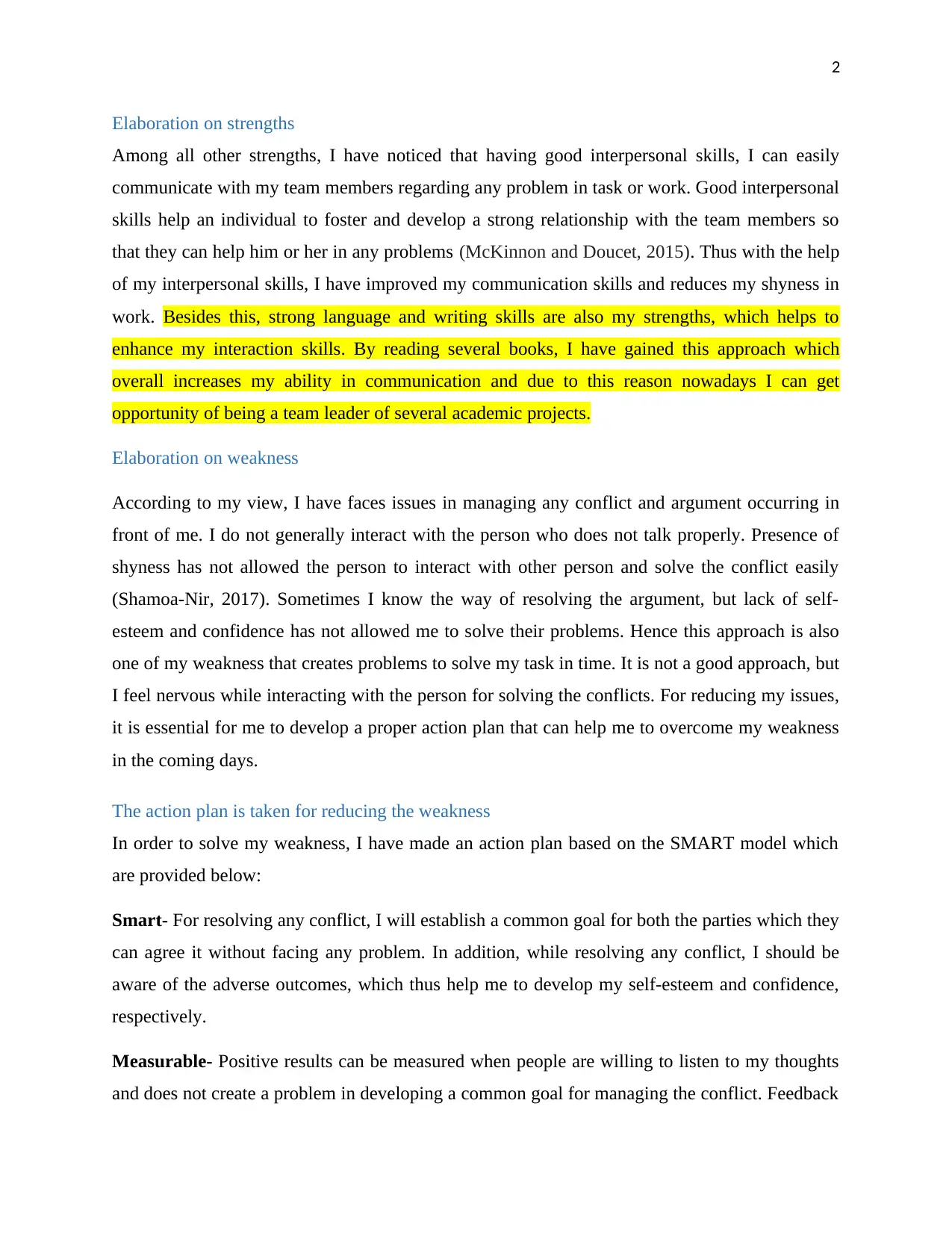

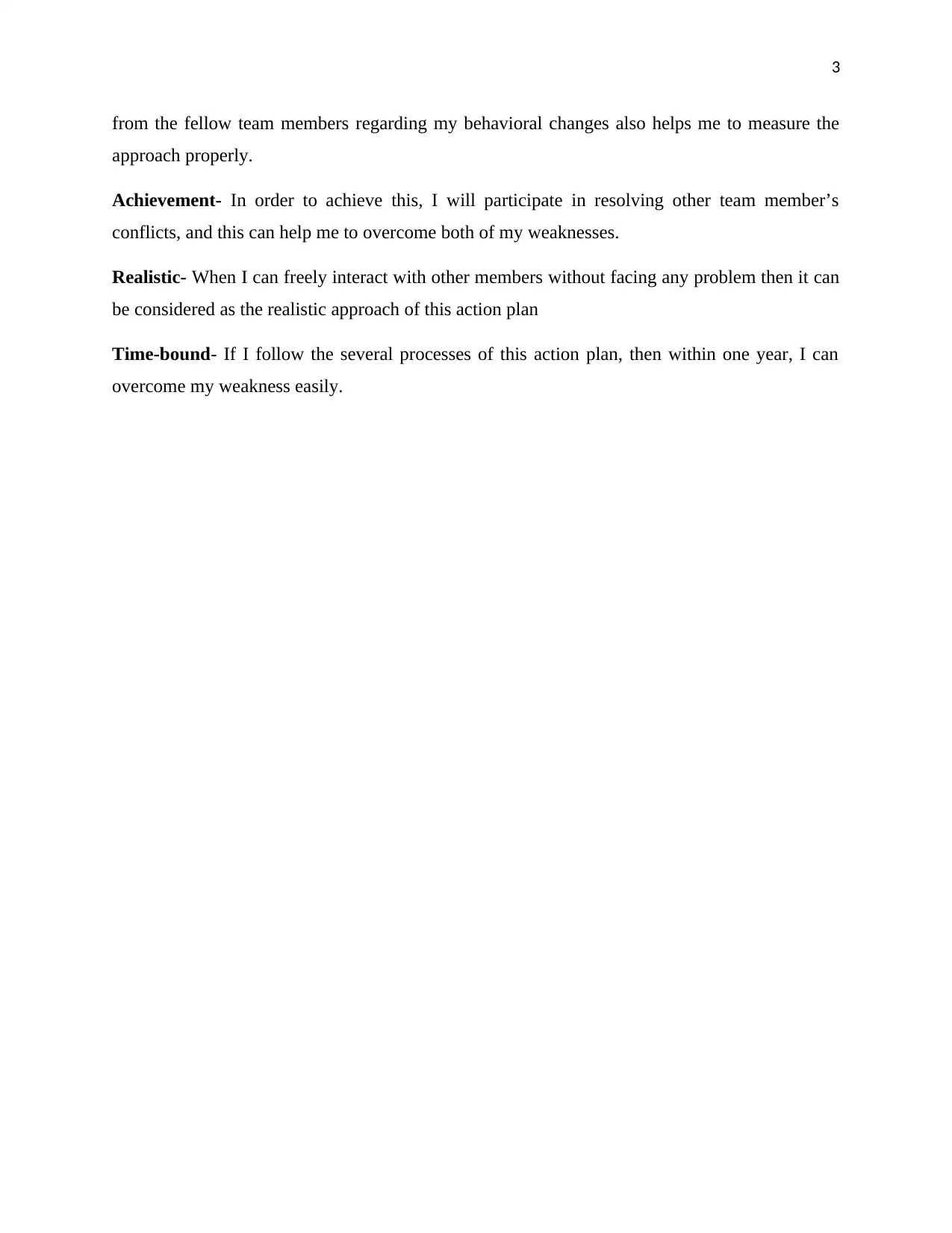
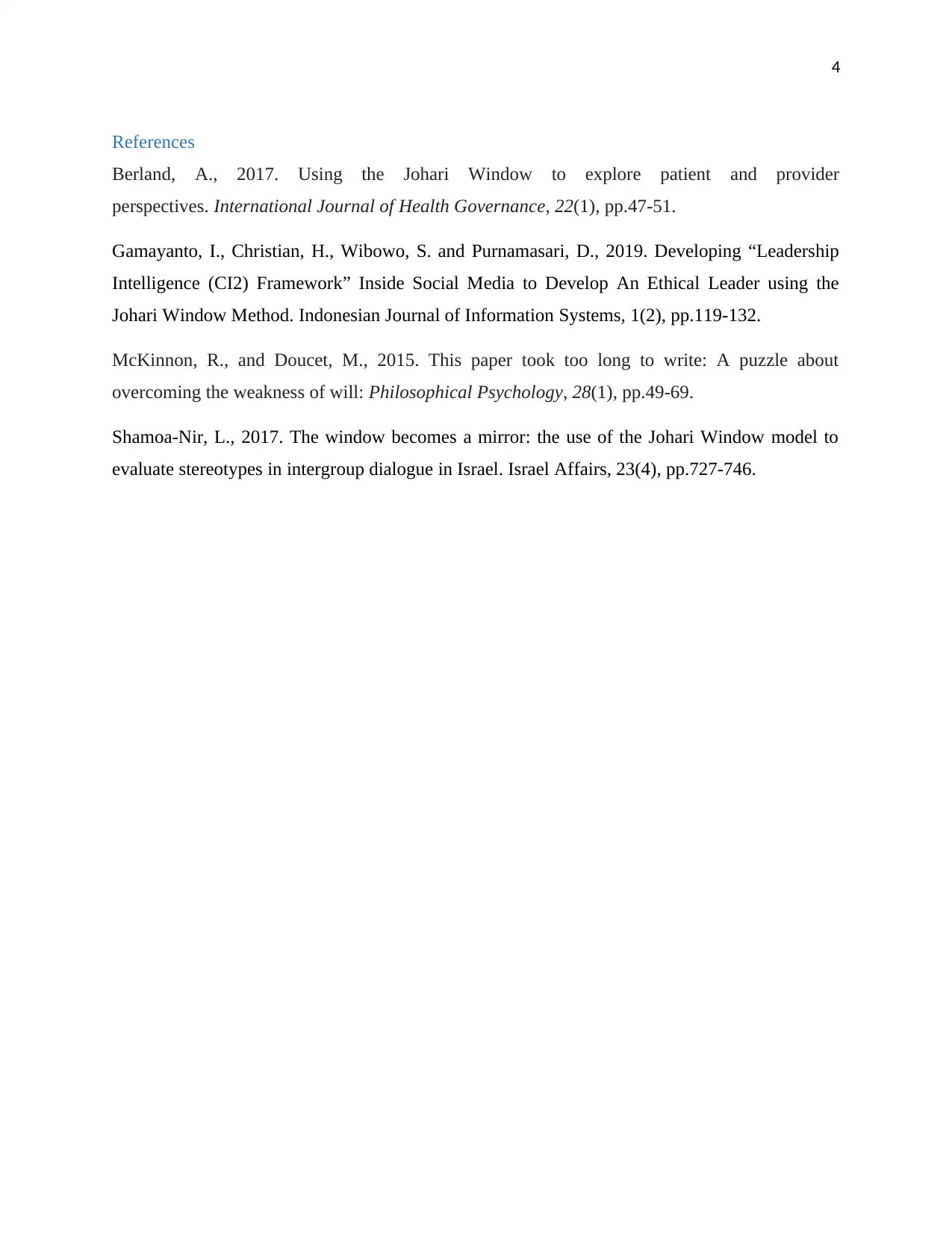






![[object Object]](/_next/static/media/star-bottom.7253800d.svg)